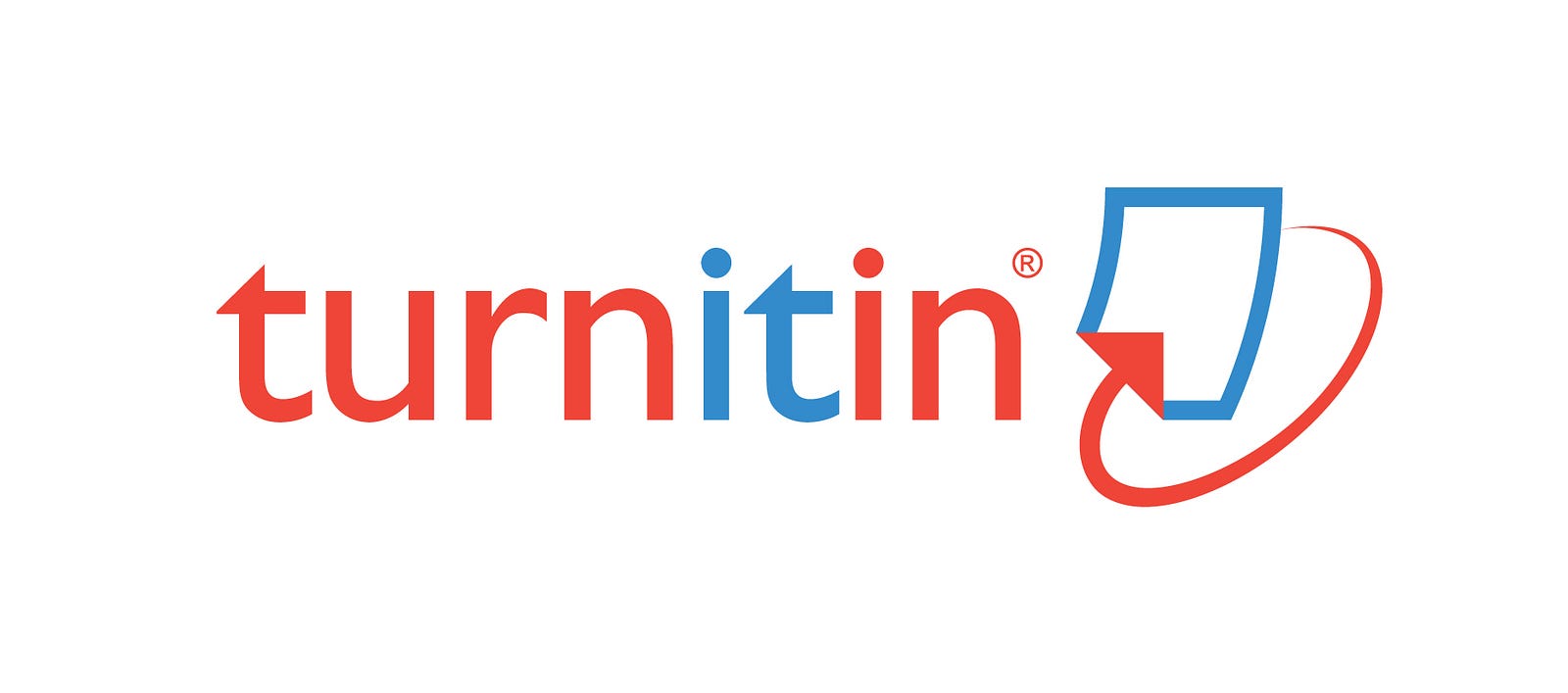PENERAPAN KOMBINASI MODEL PEMBELAJARAN KOOPERATIF TIPE MIND MAPPING DENGAN MAKE A MATCH UNTUK MENINGKATKAN KEAKTIFAN SISWA PADA MATA PELAJARAN KEARSIPAN DI SMK NEGERI 3 SURAKARTA TAHUN AJARAN 2014/2015
Abstract
The objective of this research is to improve the activeness
in Archive subject matter of the students in Grade X of Office
Administration of State Vocational High School 3 of Surakarta
through the application of combination of the cooperative learning
model between the mind mapping type and the make a match type.
The type of research conducted by the researchers is the
Classroom Action Research (CAR). This research used the
classroom action research with two cycles. Each cycle consisted of
planning, implementation, observation, and reflection. The subjects
of research were 32 students grade X department of office
administration of State Vocational High School 3 of Surakarta. The
data sources of research were the subject matter teacher and the
students. Techniques of data collected trought observation,
documentation and interview method. The data were analyzed by
using the descriptive comparative technique of analysis. The result of
research shows that the application of combination of the cooperative
learning model between the mind mapping type and the make a match
type can improve the student‟s activeness in archive subject matter as
much as 53.75%. Prior to the treatment the students‟ activeness is
31.26%. Following the treatment, it becomes 55.01% in Cycle I and
85.01% in Cycle II. In addition, the percentage of each aspect of the
students‟ activeness also improves as much as 50%. Prior to the
treatment, the percentage of the visual aspect activities is 34.38%.
Following the treatment, it becomes 56.26% in Cycle I and 84.38% in
Cycle II. The percentage of the oral aspect activities improves as
much as 59.37%. Prior to the treatment, the percentage of the oral
aspect activities is 2.88%. Following the treatment, it becomes
46.88% in Cycle I and 81.25% in Cycle II. The percentage of the
drawing aspect activities improves as much as 87.51%. Prior to the
treatment, the percentage of the drawing aspect activities is 0%.
Following the treatment, it becomes 53.13% in Cycle I and 87.51% in
Cycle 2. The percentage of the mental aspect activities improves as
much as 56.26%. Prior to the treatment, the percentage of the mental
aspect activities is 31.25%. Following the treatment, it becomes
59.38% in Cycle I and 87.51% in Cycle II. The percentage of the emotional aspect activities improves as much as 46.87%. Prior to the treatment, the percentage of the emotional aspect activities is 37.51%. Following the treatment, it becomes 59.83% in Cycle I and 84.38% in Cycle II. Thus, the application of combination the cooperative learning model between the mind mapping type and the make a match type can improve the activeness in Archive subject matter of the students in Grade X of Office Administration of State Vocational High School 3 of Surakarta.
Full Text:
PDFReferences
Budiningsih, Asri. (2012). Belajar & Pembelajaran. Jakarta: Rineka Cipta
Edward, Caroline. (2009). Mind mapping untuk anak sehat dan cerdas.
Yogyakarta: Sakti
Endang, S.R., Suyetty, Mulyani, Sri. (2009). Modul Mengelola dan Menjaga
Sistem Kearsipan untuk SMK dan MAK. Jakarta: Erlangga
Hartono, Rudi. (2013). Ragam Model Mengajar yang Mudah Diterima Murid. Jogjakarta: Diva Press
Majid, A. (2013). Strategi Pembelajaran. Bandung: PT Remaja Rosdakarya
Muhadi. (2011). Penelitian Tindakan Kelas Panduan Wajib Bagi Pendidik.
Yogyakarta: Shira Media
Mulyasa. (2010). Kurikulum Tingkat Satuan Pendidikan. Bandung: PT Remaja Rosdakarya
Rusman. (2012). Model-model Pembelajaran Mengembangkan Profesionalisme Guru. Jakarta: Raja Grafindo Persada
Sugiyono. (2012). Metode Penelitian Kuantitatif, Kualitatif, dan R&B. Bandung: Alfabeta
Suprijono, Agus. (2010). Cooperative Learning Teori dan Aplikasi Paikem.
Yogyakarta: Pustaka Pelajar.
Refbacks
- There are currently no refbacks.









